Liverpool’s decision to hand Jordan Henderson a new five-year contract drew a mixed response, but it is a wise move regardless of the captain’s future role.
The Reds announced Henderson had put pen to paper on an extended deal on Monday, with the midfielder now contracted to the club until 2023 – which would see him through to his 33rd birthday.
This could be seen as an oversight from the club, particularly for a player who regularly struggles with injury – but Henderson’s new terms are the continuation of a trend which should allow Liverpool to safeguard themselves as Jurgen Klopp builds for long-term success at Anfield.
While the manager insists that the Liverpool No.14 “will get even better in these coming years,” the reality of the deal is it could prove more financially beneficial than it may do on the pitch.
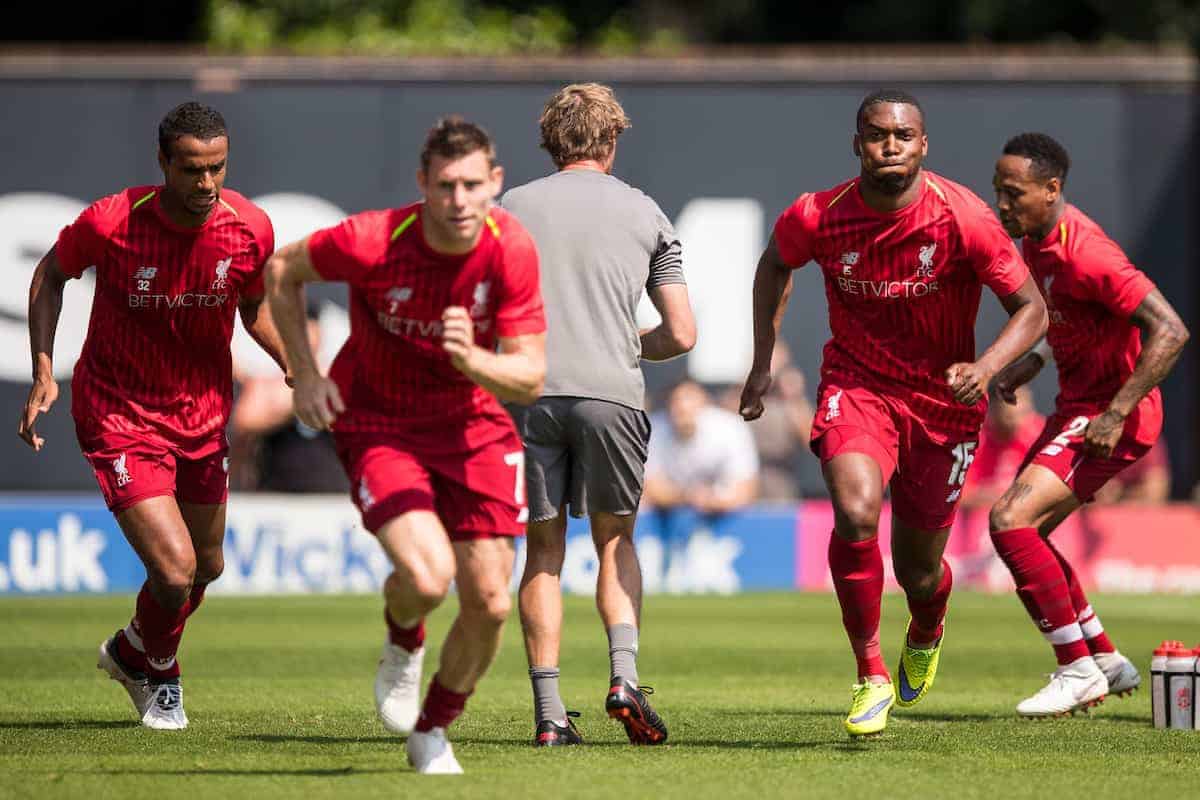
Following Henderson’s extension, Liverpool have just eight senior players on their books with under two years remaining on their contracts.
James Milner, Daniel Sturridge, Alberto Moreno and Lazar Markovic are currently due to leave at the end of the season, while Joel Matip, Nathaniel Clyne and Divock Origi are tied down to 2021.
Adam Lallana could also depart that summer, though the club has the option to retain him for a further year.
Of this octet, only Milner can be considered a key player, with the veteran starting every Premier League game so far this season—though despite his freakish fitness, at 32 his longevity is under question.
Liverpool have considerable security with regards to the rest of the squad, with contracts ranging from 2021 to 2024:
Liverpool’s First-Team Contracts
Expiring 2019: Milner, Sturridge, Moreno, Markovic
Expiring 2020: Matip, Clyne, Lallana (w/optional year), Origi
Expiring 2021: Mignolet, Lovren (w/optional year), Alexander-Arnold, Robertson (w/optional year), Wijnaldum, Mane
Expiring 2022: Gomez, Oxlade-Chamberlain, Woodburn, Solanke
Expiring 2023: Van Dijk, Fabinho, Keita, Henderson, Grujic, Shaqiri, Firmino, Salah, Brewster
Expiring 2024: Alisson
(Via Transfermarkt.)
Youngsters Kamil Grabara, Caoimhin Kelleher, Nathaniel Phillips, Conor Masterson, Adam Lewis, Elijah Dixon-Bonner and Curtis Jones have also signed new deals within the last 12 months.
Klopp himself is committed until 2022, ensuring he will work with the core of his squad throughout the rest of his reign.
As the Reds continue to make progress under the German, this is vital, and it is likely that Trent Alexander-Arnold and Gini Wijnaldum join Sadio Mane on the club’s list of priorities when it comes to further extensions.
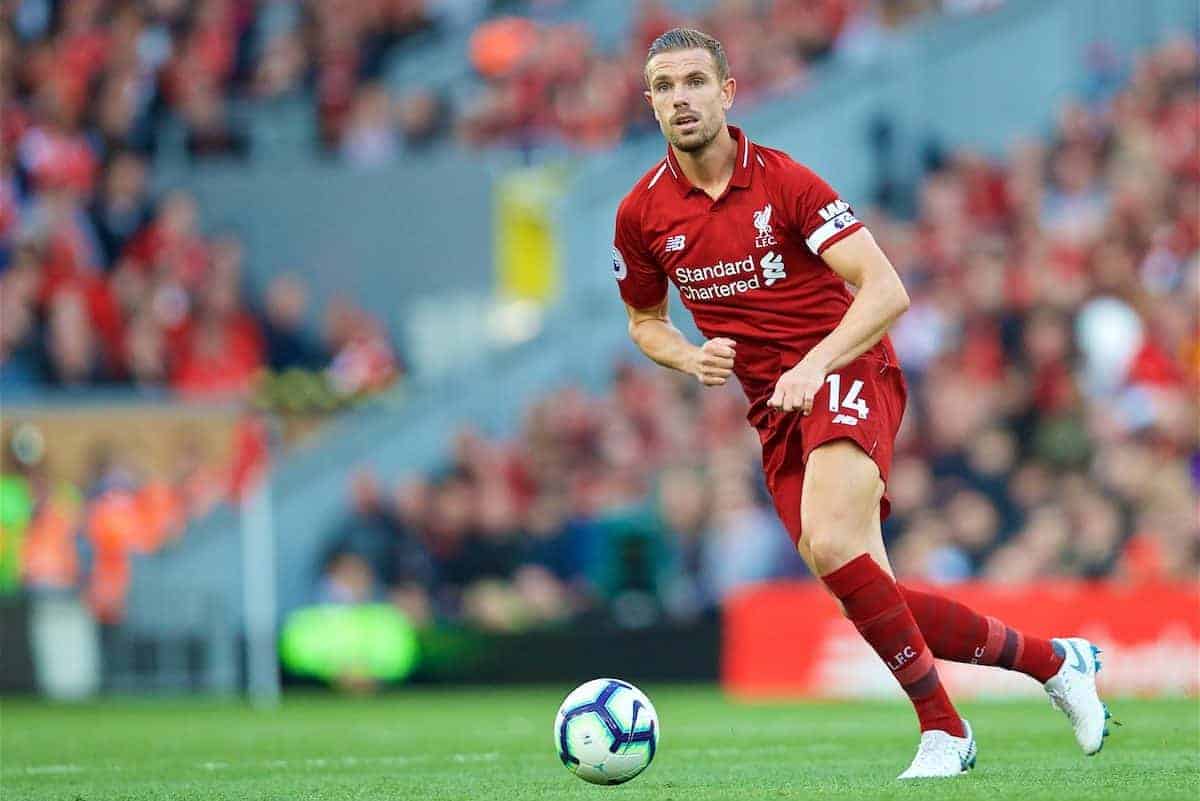
But along with protecting Liverpool’s long-term interests on the field, tying down the likes of Henderson (28), Simon Mignolet (30), Dejan Lovren (29) and Adam Lallana (30) in recent years is also a means to protect their value.
While it can certainly be argued their influence will diminish as they head into their 30s, this avoids the possibility of losing a high-profile asset on a reduced, or free, transfer.
Though Henderson remains a divisive figure on the Kop, his status as Liverpool captain and a prominent role in England’s surge to the World Cup semi-finals ensures he is a coveted talent.
If the Reds were to entertain offers for the midfielder, Henderson would not be short of suitors, and the same would be the case for Lovren, who reached the summer’s final with Croatia.
That neither player is guaranteed a starting role under Klopp this season is irrelevant: had Liverpool not extended their contracts, they could have risked a costly exit in the near future.
Without a new contract this week, Henderson’s deal would have a year left on his deal at the end of this season, meaning any potential sale would receive much less than his value.
This is also clear with the Reds’ policy of handing young players new contracts before sanctioning loan moves.

Grujic, Sheyi Ojo, Harry Wilson, Ovie Ejaria, Allan Rodrigues and Taiwo Awoniyi all put pen to paper ahead of their season-long loans, while Ryan Kent and Ben Woodburn both agreed extensions within 12 months of their temporary moves.
While the majority, if not all, of these players won’t be long-term staples in Klopp’s squad long-term, this is a sensible practice, particularly if their performances on loan attract wider interest.
It is a fail-safe technique that Chelsea have employed with their vast array of loanees in recent seasons, though thankfully Liverpool operate with more stability than their title rivals.
Crucially, it is designed to avoid distracting contract struggles as experienced with Emre Can throughout 2017/18.
The German was considered a key player by Klopp, but his demand to include a release clause in any new contract with the Reds ultimately saw him leave for Juventus on a free transfer.
If Can was tied down to a longer deal, it is not unreasonable to suggest the 24-year-old would have commanded a transfer fee upwards of £40 million.
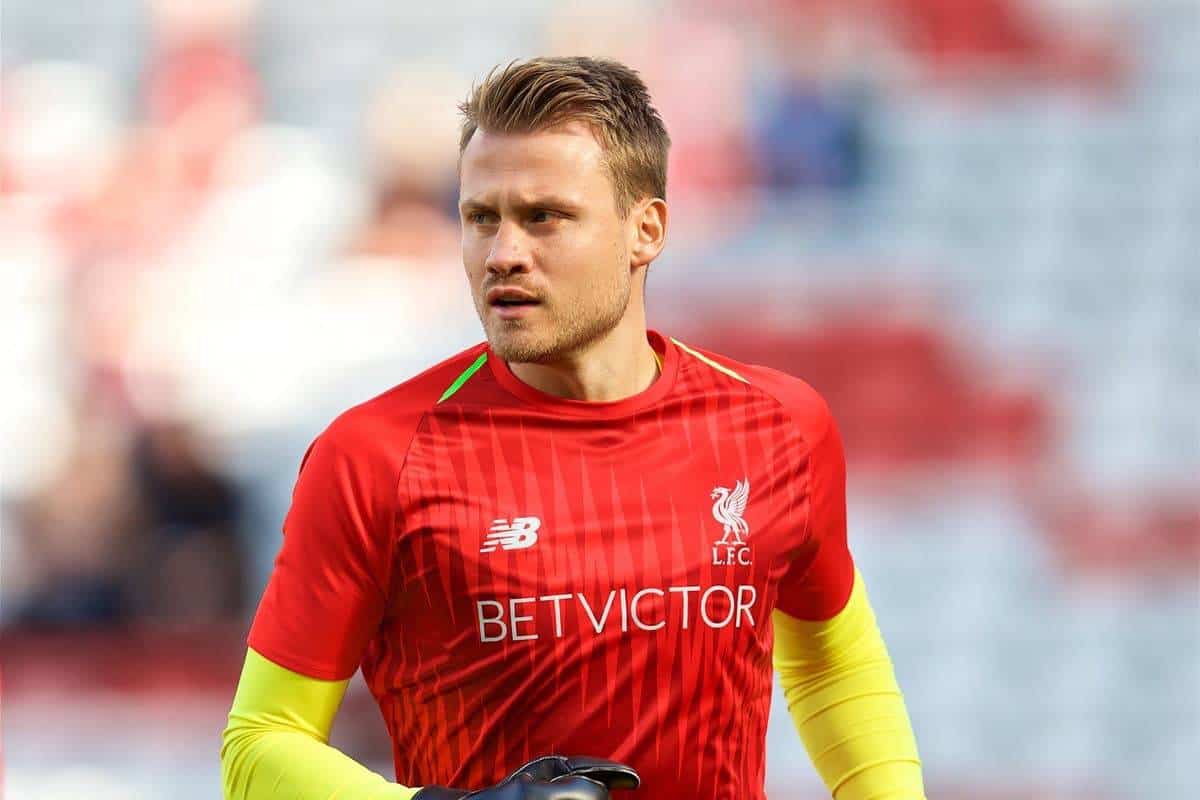
On the flip-side, however, a clear flaw in this policy emerged as Liverpool made Mignolet available for a permanent transfer this summer.
The Reds were seeking a £12 million fee for the Belgian, with Klopp planning to utilise Karius as his second-choice stopper behind Alisson, but concrete interest failed to materialise.
Napoli, Besiktas and Fulham were among those pursuing Mignolet, but baulked at the financial impact of a deal, and he was denied an exit despite setting his sights on regular first-team football.
This highlights the prospect of senior players who are no longer part of Klopp’s starting lineup potentially seeing out their lucrative contracts at Anfield with little use on the pitch.
Markovic is a prime example of this, with the Serbian left out of Liverpool’s squad for both the Premier League and Champions League after rejecting a £2.9 million switch to Anderlecht on deadline day.
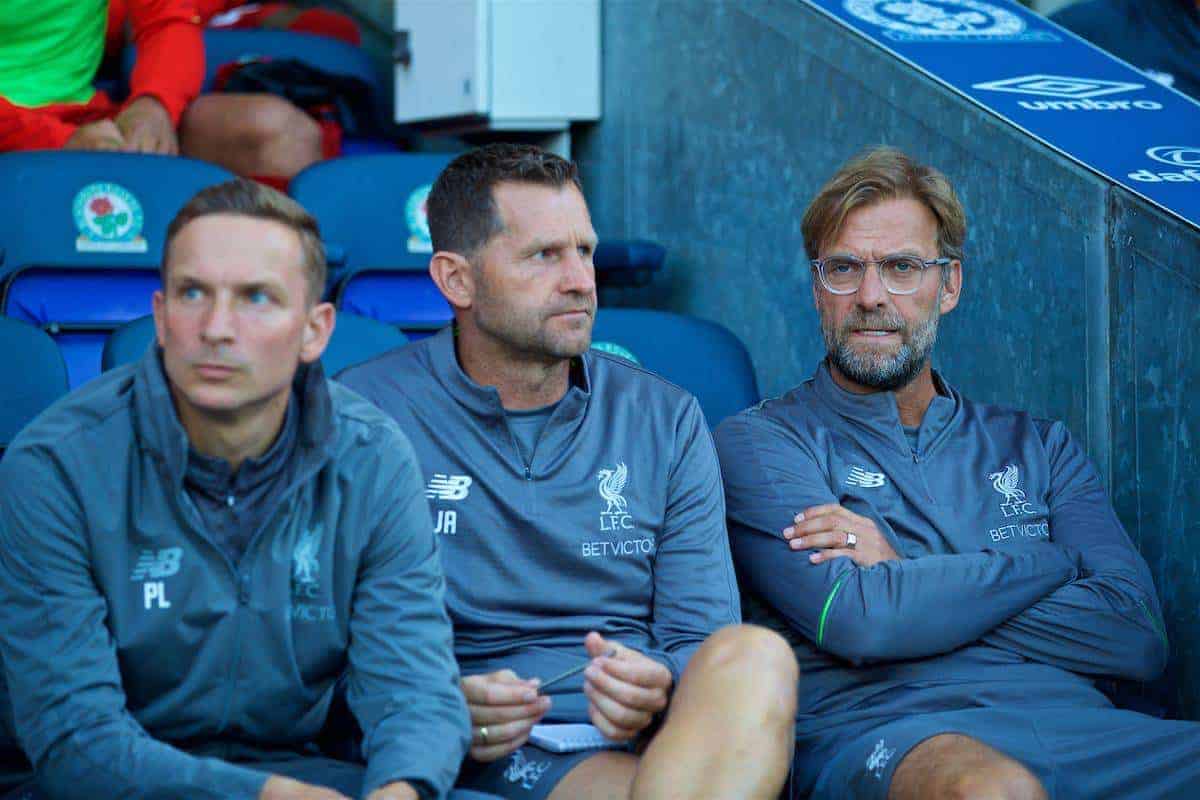
However, it is salient to note that Markovic did not sign his deal while Klopp was in charge, and the hope is that the club has the foresight to avoid contract extensions for players who aren’t in his long-term plans.
The manager is happy with Mignolet as Alisson‘s deputy, as he clearly is with Lovren, Lallana and Henderson as continued fixtures into their early 30s.
Whether they stay at Liverpool for the length of their contracts remains to be seen, but it is certainly a more stable position than having any doubts over the commitment of Klopp’s key men.
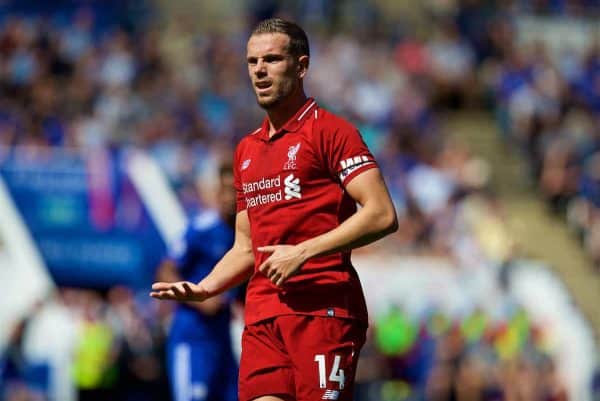



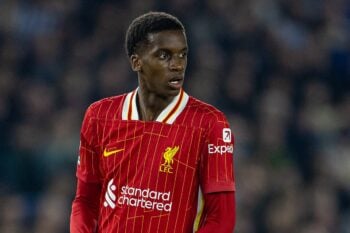

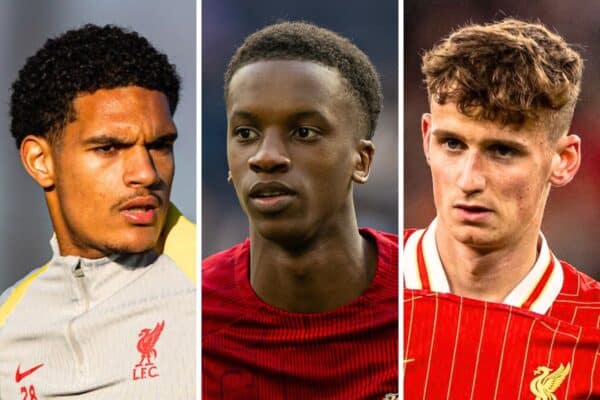
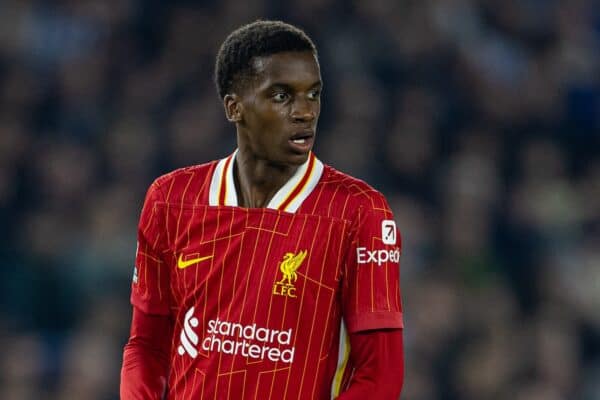
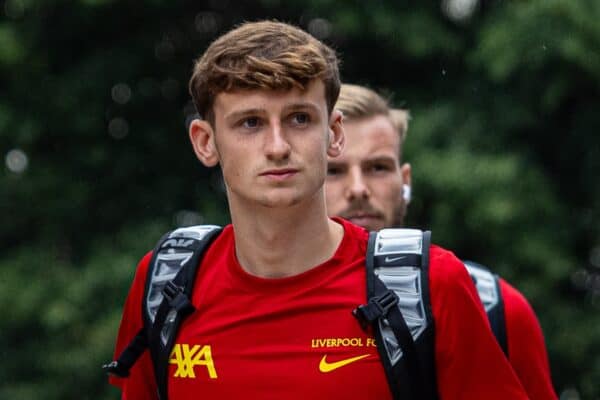

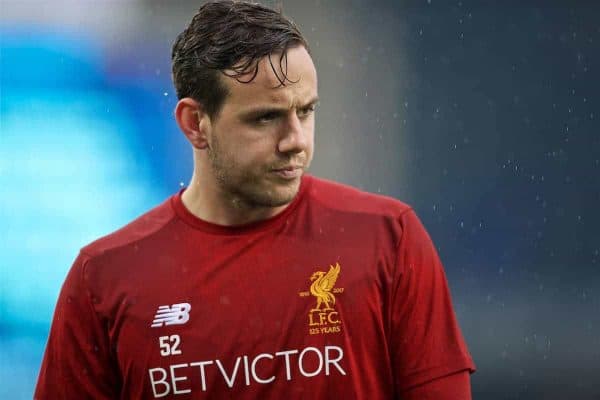
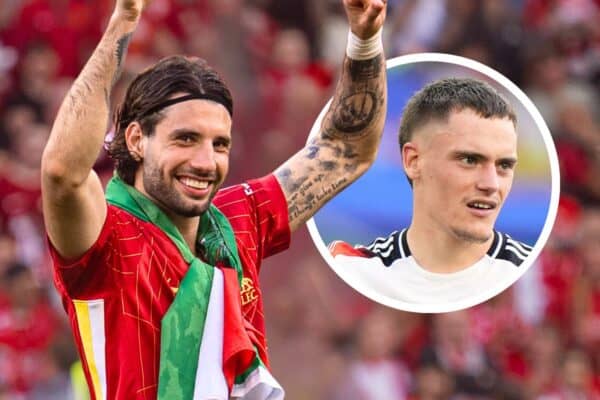
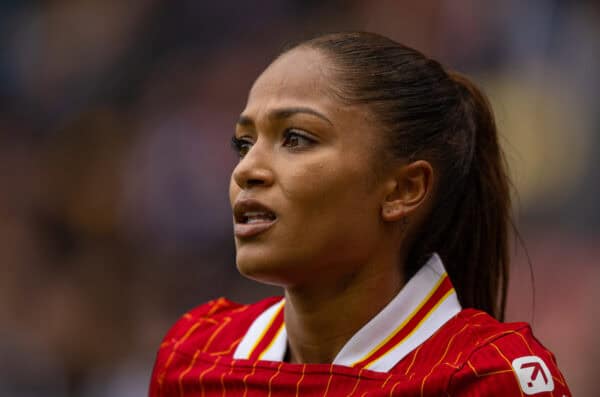
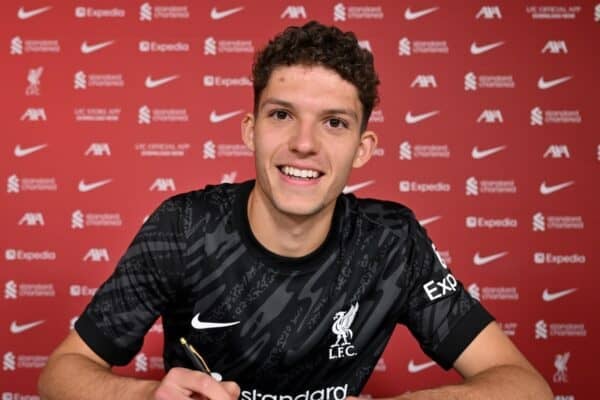

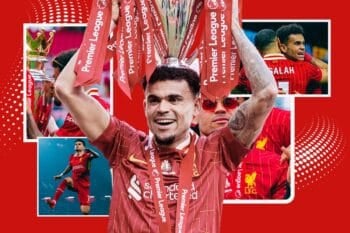
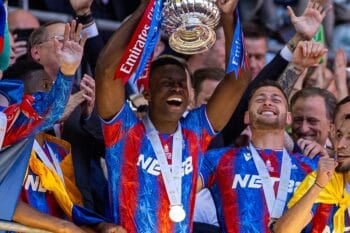
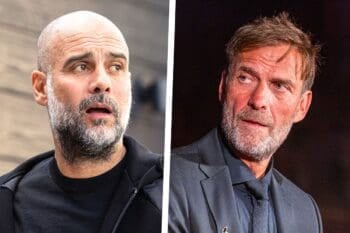
Fan Comments